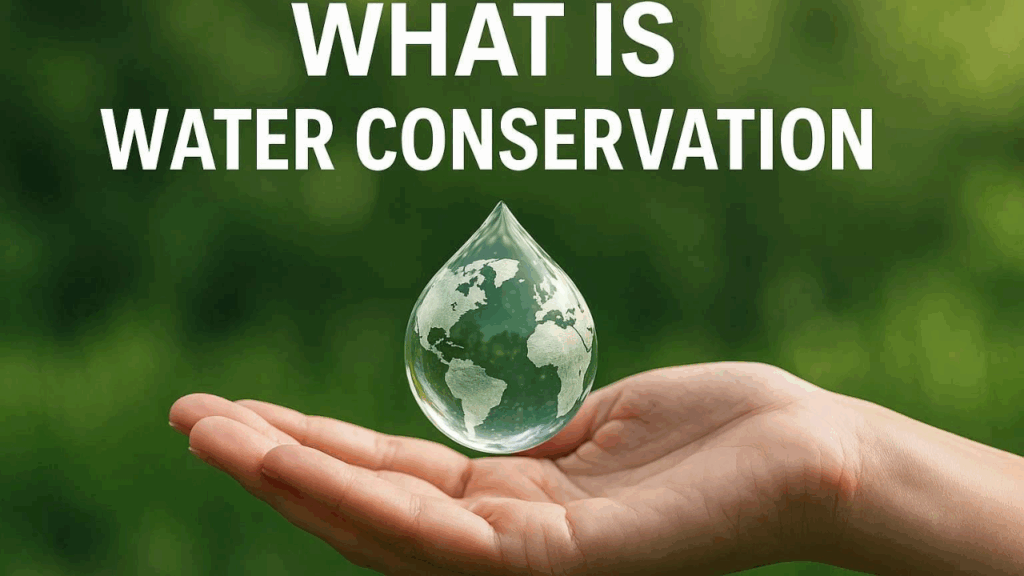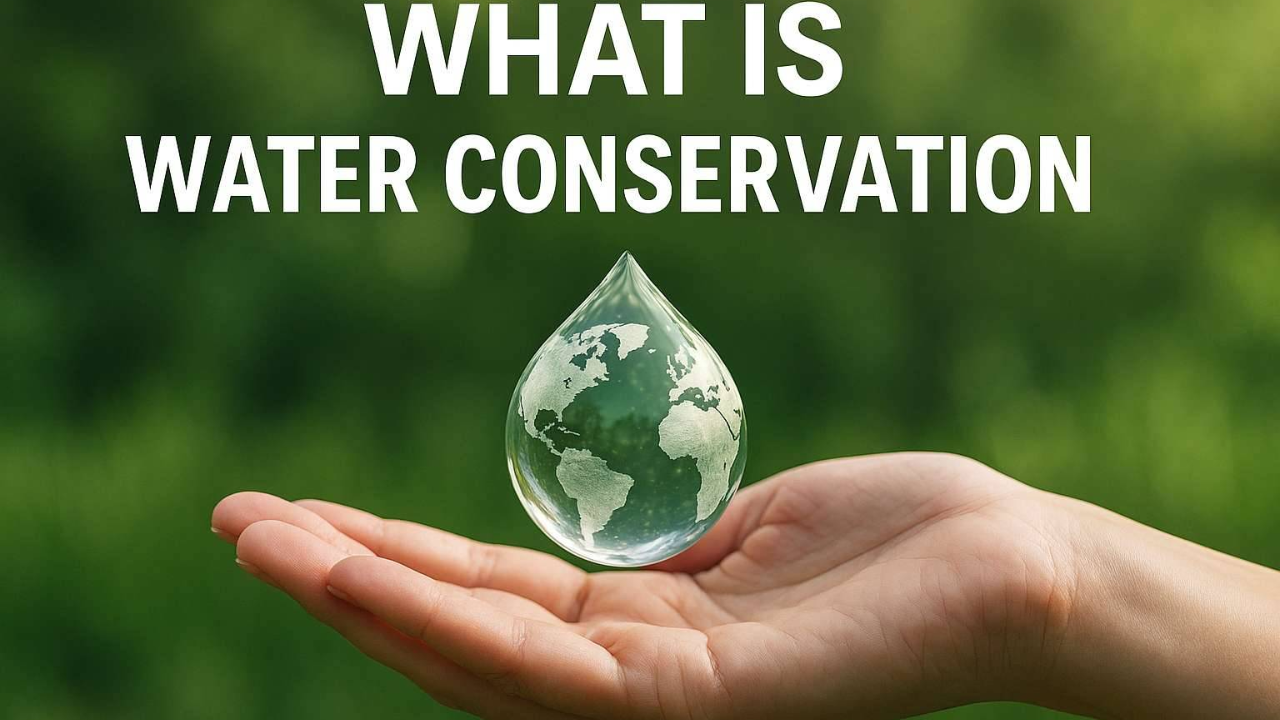
Minimalism is often associated with decluttering, living with less, and focusing on experiences over material possessions. But beyond simplifying your wardrobe or reducing unnecessary shopping, minimalism has a direct impact on water conservation. Every product we buy, every meal we eat, and every habit we maintain requires water—often in ways we don’t see. By adopting a minimalist lifestyle, we naturally cut down on excessive consumption, leading to substantial water savings both at home and globally.
Why Minimalism and Water Conservation Go Hand-in-Hand
Minimalism reduces demand for resources, and water is one of the most critical among them. Whether it’s the water used in producing fast fashion, growing food, or maintaining large homes, our choices carry hidden water costs. A minimalist approach helps in:
- Reducing hidden water footprints by avoiding overconsumption.
- Encouraging mindful living that prioritizes essentials.
- Promoting sustainable habits that support the environment.
- Saving money and energy while conserving water.
Everyday Ways Minimalism Conserves Water
1. Owning Fewer Clothes and Shoes
The fashion industry is one of the largest water consumers. A single cotton shirt requires 2,700 liters of water to produce. By choosing quality over quantity, minimalists reduce unnecessary water demand.
2. Simplifying Your Diet
Minimalism often aligns with simple, plant-based eating. Since meat production consumes vast amounts of water (e.g., beef requires about 15,000 liters per kg), eating less meat directly conserves water.
3. Smaller Living Spaces
Minimalists prefer smaller, more efficient homes, which use less water for cleaning, landscaping, and maintenance.
4. Reducing Household Products
Minimalism encourages using fewer cleaning agents, personal care products, and gadgets. Each of these items has a hidden water cost in production, packaging, and disposal.
5. Conscious Consumerism
By buying less—whether furniture, electronics, or decor—you avoid supporting industries that consume billions of liters of water in manufacturing processes.
The Hidden Water Footprint of Overconsumption
Many people don’t realize how much water goes into everyday products. Here’s a glimpse:
| Product/Activity | Water Required |
|---|---|
| 1 cotton shirt | 2,700 liters |
| 1 pair of jeans | 7,600 liters |
| 1 kg of beef | 15,000 liters |
| Daily shower (10 minutes) | 100 liters |
| Running washing machine load | 50–70 liters |
Minimalism reduces reliance on these products and activities, helping individuals cut down on unnecessary water waste.
Broader Environmental Benefits of Minimalism
Minimalist living not only conserves water but also:
- Reduces energy use since less production and transport is needed.
- Cuts down pollution by lowering demand for manufacturing.
- Preserves ecosystems as water extraction from rivers and lakes decreases.
- Promotes sustainability by making consumption habits long-lasting and eco-friendly.
- Improves mental well-being by reducing clutter and promoting intentional living.
Overview Table
| Minimalist Practice | Water Conservation Impact | Additional Benefit |
|---|---|---|
| Owning fewer clothes | Less water used in textile industry | Saves money and wardrobe space |
| Eating simple, plant-based | Cuts water-intensive meat demand | Improves health and lowers food costs |
| Smaller living spaces | Reduces water use in cleaning | Lower energy and housing expenses |
| Fewer household products | Lowers hidden water footprints | Less clutter and chemical exposure |
| Buying less overall | Avoids manufacturing water waste | Encourages mindful spending |
Practical Tips to Merge Minimalism with Water Conservation
- Capsule wardrobe: Keep a small number of versatile clothing pieces.
- Plant-forward diet: Prioritize fruits, vegetables, and grains over meat.
- Eco-friendly housing: Opt for water-efficient appliances and compact living.
- Mindful shopping: Ask, “Do I really need this?” before making purchases.
- Reuse and repurpose: Extend the life of items to reduce production demand.
Final Thoughts
Minimalism isn’t just about decluttering your home—it’s about decluttering your impact on the planet. By adopting a lifestyle of “less but better,” you automatically conserve water and protect ecosystems. Every choice, from skipping that extra clothing purchase to cooking simpler meals, contributes to a water-smart lifestyle.
When practiced mindfully, minimalism becomes not just a personal philosophy but also a powerful tool in tackling one of the world’s greatest challenges: water scarcity.
FAQs
Q1: How does minimalism save water if I’m not using water directly?
Because every product you buy—from clothes to electronics—has a hidden water cost in production.
Q2: Is a minimalist diet always plant-based?
Not necessarily, but eating less processed and meat-heavy foods significantly reduces your water footprint.
Q3: Can minimalism help in urban water shortages?
Yes, reducing consumption lowers demand on industries and households, easing strain on city water supplies.

